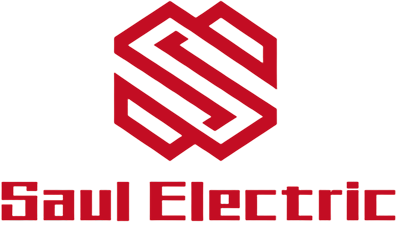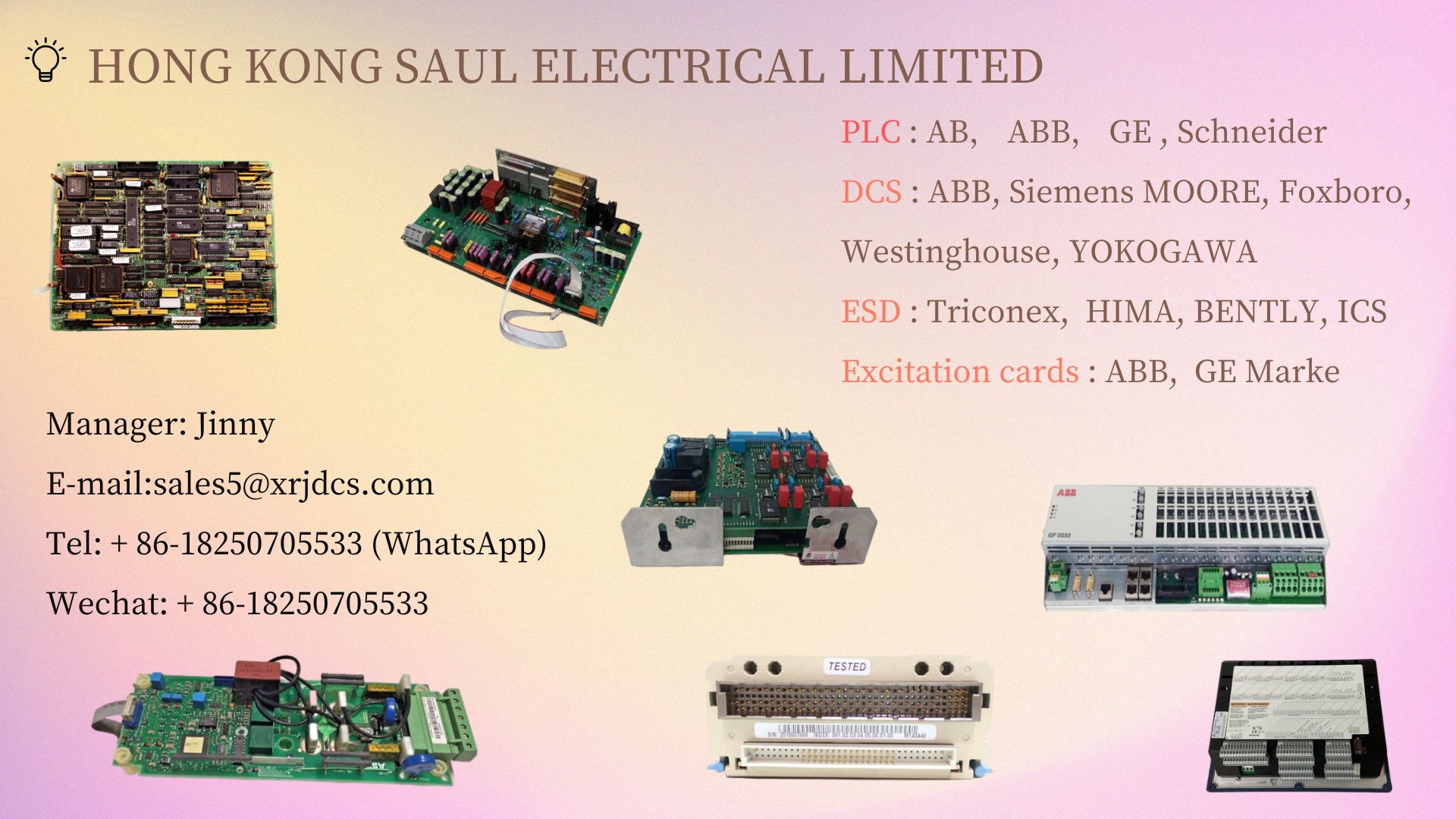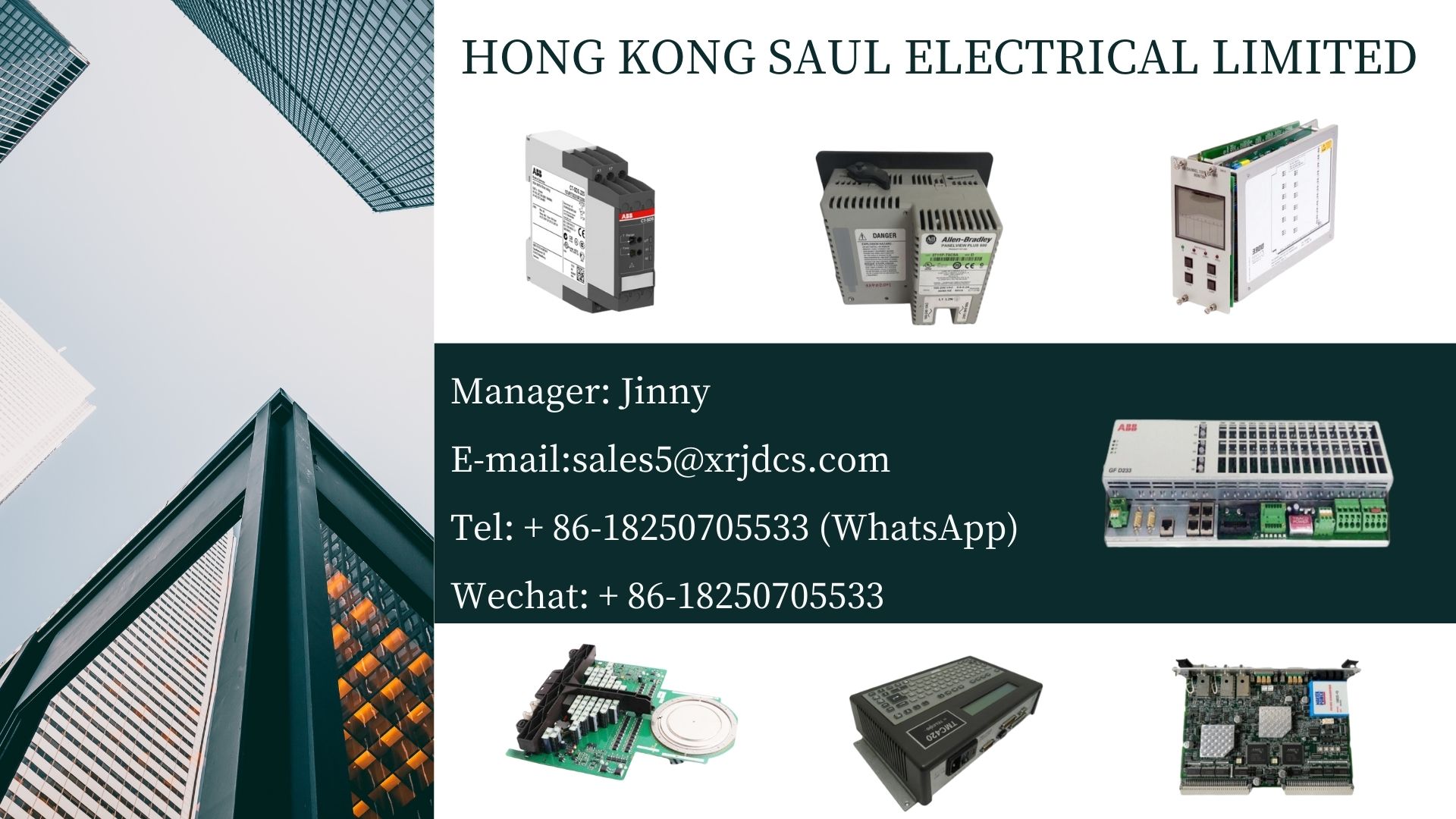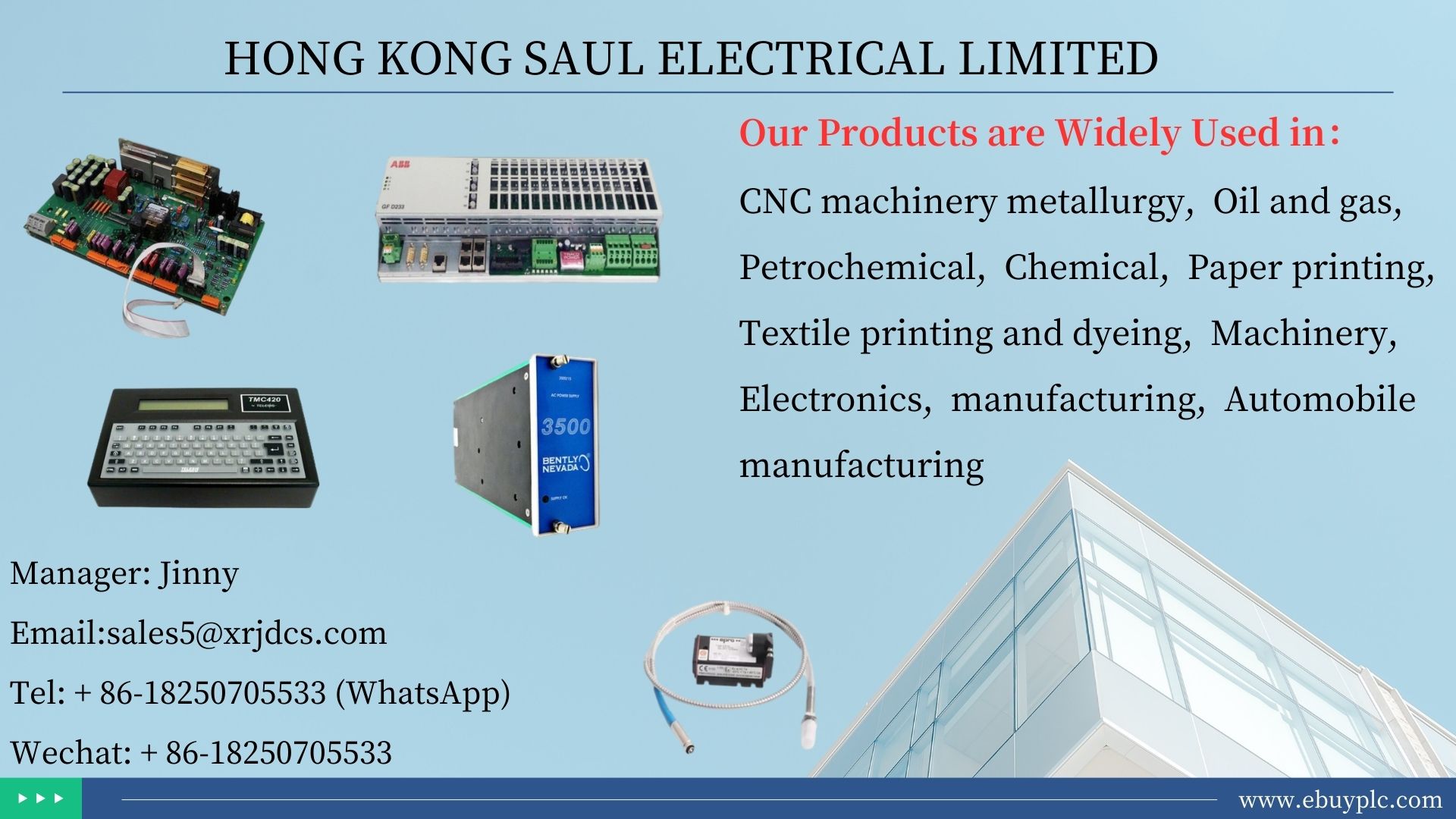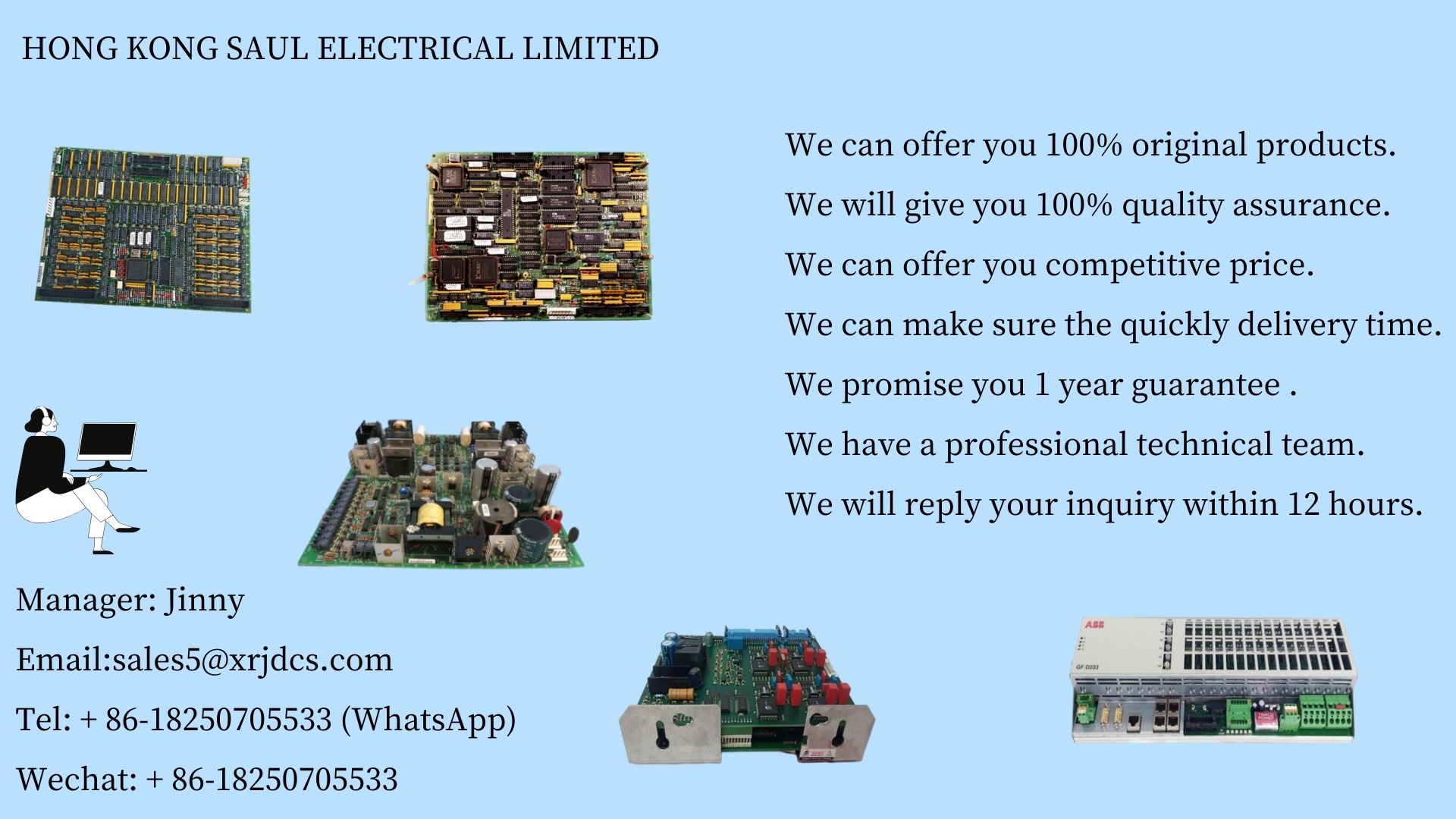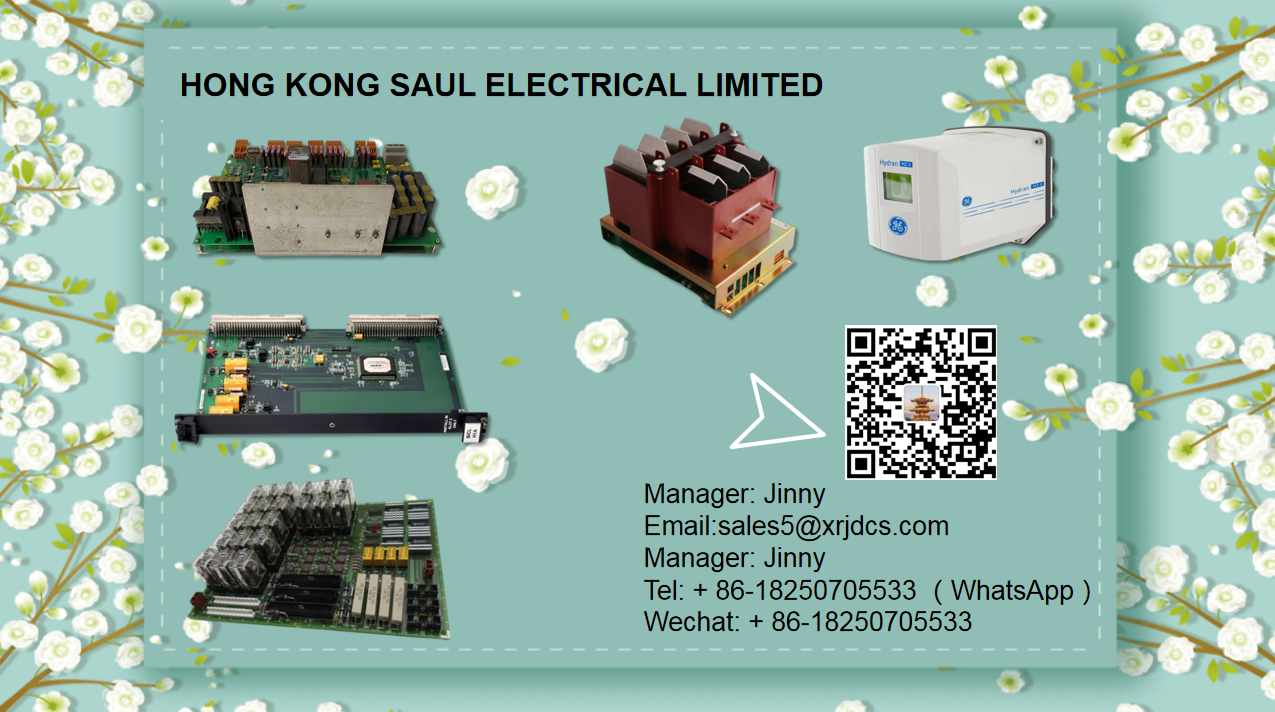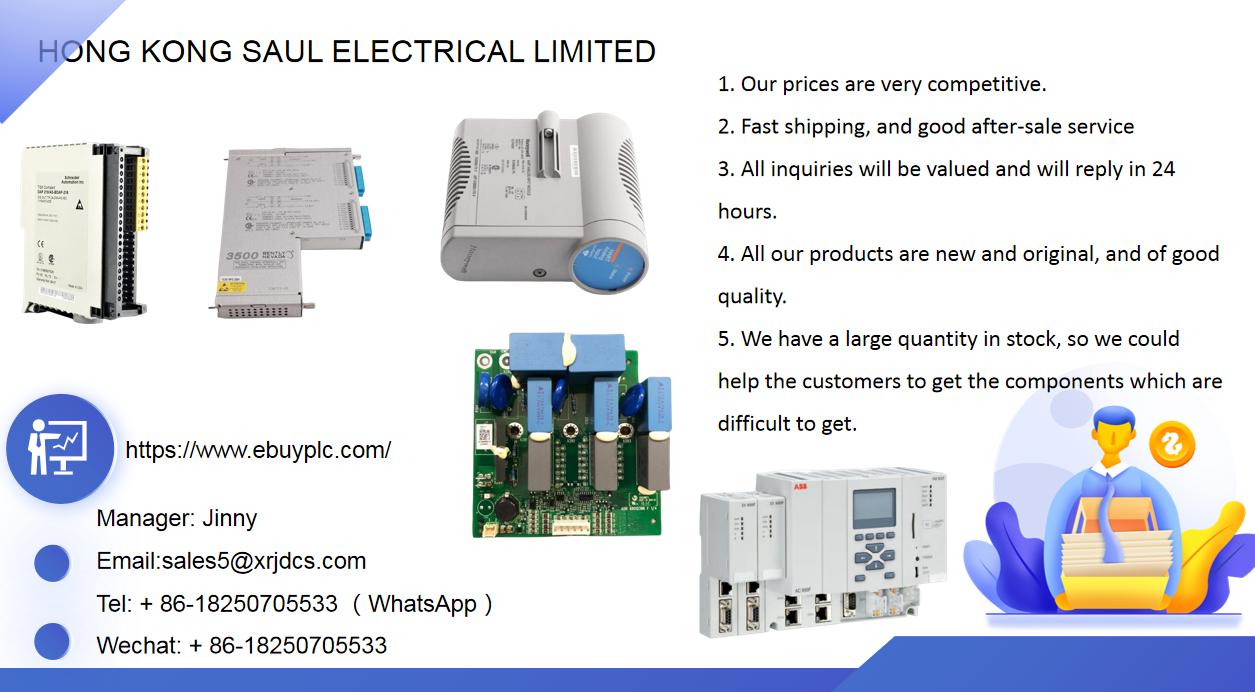0102030405
Challenges to the implementation of the Internet of things
2023-12-08
 Security
Sensitive data will be transmitted between IOT devices. If these data fall into the wrong hands, serious consequences may be caused. It may damage the integrity of the organization and disclose confidential data, which may lead to reputation and financial losses. There have been network attacks in the form of DDoS, which have damaged the organization. Similarly, the disclosure of private information may also be due to internal work, and employees may transfer digital information to competitors. Alternatively, the enterprise may not consider it necessary to take safety measures at first, but with the expansion of the enterprise scale, safety may become necessary.
Solution - enterprises can take the following measures to ensure the security of the Internet of things: they should install anti-virus software to avoid being installed extortion software or phishing software. They should continuously monitor the access and flow of data by restricting access to data. This can be achieved by using strong passwords or encrypting data. Also regularly check for software updates of IOT devices including the latest security patches. In addition, leaders should ensure that sensitive information does not leave the enterprise, so they require employees to avoid flash drives or other external storage devices. Other methods include installing firewalls or other edge security devices.
Data Processing
IOT devices produce a large amount of data, however, most of them are unstructured. Data is as valuable as oil, so enterprises need tools that can collect, process and analyze data. According to a survey, about 80% of the data is unstructured. In addition, even if enterprises can access structured data, they do not have tools to take advantage of it. As a result, they miss opportunities for growth and expansion.
Solution - enterprises should invest in NLP and NLU tools that can correctly label unstructured data. Similarly, enterprises should invest in tools that can process and analyze Internet of things data, which can provide insights to help executives make growth oriented decisions.
Connectivity
One of the main challenges in the implementation of the Internet of things is to ensure uninterrupted network connectivity. The basic requirement for the operation of Internet of things equipment is network connection. This can take the form of an Internet connection or a local area network. Data needs to be transferred between multiple devices in the shortest possible time, but this may become a major problem if the connection options used are slow, unreliable, or face frequent interruptions. Similarly, if a large number of devices are connected to a single network, it will also cause problems for users.
Solution - enterprises should first choose the network connection mode according to their specific needs. You can use many available connection options, such as wired, wireless, or cellular mobile connections. There is no doubt that enterprises should choose high-speed network connection when choosing network connection. Moreover, when using wireless networks, enterprises should install routing devices running the latest network protocols. For example, enterprises should use Wi-Fi routers working on hew (802.11ax) and halow (802.11) protocols, which provide excellent remote network connectivity. If enterprises choose cellular mobile connection, they'd better use NB IOT, Lora or cat-m1 protocol.
Interoperability
There are many suppliers, service providers and equipment manufacturers of Internet of things devices. Therefore, maintaining interoperability between different systems may become difficult. Network connectivity and intelligent sensors are important components of Internet of things devices. However, not every device has the ability to effectively share data. In addition, each device has its own unique power consumption requirements and safety standards.
Solution - enterprises should choose IOT devices that are compatible with each other and can seamlessly transfer data between them. To this end, they can choose a high-quality solution provider that can help set up a range of devices with different standards and interact seamlessly.
Skepticism
Although the Internet of things is everywhere, people's general understanding of the Internet of things is very low. According to a survey by metova, less than a quarter of consumers fully understand the real meaning of the Internet of things. Due to people's skepticism about this technology, the adoption rate of IOT equipment is low. They are most concerned about investment, data privacy and security issues related to Internet of things devices. This concern has become a major factor hindering the adoption of the Internet of things.
Solutions - IOT solution providers should raise awareness. They should inform individuals and businesses of the potential benefits of IOT devices. Individuals should also study the Internet of things instead of believing what they hear or have preconceived views.
Investment
IOT devices may require significant financial investment. When the number of equipment is small, the technology can be affordable, but the investment cost will increase with the expansion of scale. In addition, the cost will vary greatly depending on the type of equipment, the technology used and the functions provided. Moreover, for small and medium-sized enterprises, it may not be possible to invest in a large number of equipment.
Solution - enterprises can start small and gradually increase investment in Internet of things applications. They should mainly invest in Internet of things applications that can get a higher return on investment in the initial stage. The return on investment should not be calculated only in money. Enterprises should also focus on the return on investment through the simplified operation of these devices and the reduction of resources and time they bring. Overall, over time, enterprises can expect a higher return on investment in IOT devices.
Statute
There are many government regulations and compliance requirements for the development, implementation and use of Internet of things equipment. Enterprises need to meet these regulatory requirements in all aspects. In addition, regulations often change, and enterprises need to ensure that equipment complies with the latest regulations. (from IOT home network) adjusting IOT infrastructure to meet new regulations may affect business operations. If the main operation of an enterprise depends on the Internet of things, checking and meeting each regulatory requirement may become time-consuming and resource-consuming.
Solution - enterprises should work with service providers to integrate compliance into all aspects. This ensures that enterprises are free from the hassle of keeping up with new regulations, as solution providers will manage them.
Security
Sensitive data will be transmitted between IOT devices. If these data fall into the wrong hands, serious consequences may be caused. It may damage the integrity of the organization and disclose confidential data, which may lead to reputation and financial losses. There have been network attacks in the form of DDoS, which have damaged the organization. Similarly, the disclosure of private information may also be due to internal work, and employees may transfer digital information to competitors. Alternatively, the enterprise may not consider it necessary to take safety measures at first, but with the expansion of the enterprise scale, safety may become necessary.
Solution - enterprises can take the following measures to ensure the security of the Internet of things: they should install anti-virus software to avoid being installed extortion software or phishing software. They should continuously monitor the access and flow of data by restricting access to data. This can be achieved by using strong passwords or encrypting data. Also regularly check for software updates of IOT devices including the latest security patches. In addition, leaders should ensure that sensitive information does not leave the enterprise, so they require employees to avoid flash drives or other external storage devices. Other methods include installing firewalls or other edge security devices.
Data Processing
IOT devices produce a large amount of data, however, most of them are unstructured. Data is as valuable as oil, so enterprises need tools that can collect, process and analyze data. According to a survey, about 80% of the data is unstructured. In addition, even if enterprises can access structured data, they do not have tools to take advantage of it. As a result, they miss opportunities for growth and expansion.
Solution - enterprises should invest in NLP and NLU tools that can correctly label unstructured data. Similarly, enterprises should invest in tools that can process and analyze Internet of things data, which can provide insights to help executives make growth oriented decisions.
Connectivity
One of the main challenges in the implementation of the Internet of things is to ensure uninterrupted network connectivity. The basic requirement for the operation of Internet of things equipment is network connection. This can take the form of an Internet connection or a local area network. Data needs to be transferred between multiple devices in the shortest possible time, but this may become a major problem if the connection options used are slow, unreliable, or face frequent interruptions. Similarly, if a large number of devices are connected to a single network, it will also cause problems for users.
Solution - enterprises should first choose the network connection mode according to their specific needs. You can use many available connection options, such as wired, wireless, or cellular mobile connections. There is no doubt that enterprises should choose high-speed network connection when choosing network connection. Moreover, when using wireless networks, enterprises should install routing devices running the latest network protocols. For example, enterprises should use Wi-Fi routers working on hew (802.11ax) and halow (802.11) protocols, which provide excellent remote network connectivity. If enterprises choose cellular mobile connection, they'd better use NB IOT, Lora or cat-m1 protocol.
Interoperability
There are many suppliers, service providers and equipment manufacturers of Internet of things devices. Therefore, maintaining interoperability between different systems may become difficult. Network connectivity and intelligent sensors are important components of Internet of things devices. However, not every device has the ability to effectively share data. In addition, each device has its own unique power consumption requirements and safety standards.
Solution - enterprises should choose IOT devices that are compatible with each other and can seamlessly transfer data between them. To this end, they can choose a high-quality solution provider that can help set up a range of devices with different standards and interact seamlessly.
Skepticism
Although the Internet of things is everywhere, people's general understanding of the Internet of things is very low. According to a survey by metova, less than a quarter of consumers fully understand the real meaning of the Internet of things. Due to people's skepticism about this technology, the adoption rate of IOT equipment is low. They are most concerned about investment, data privacy and security issues related to Internet of things devices. This concern has become a major factor hindering the adoption of the Internet of things.
Solutions - IOT solution providers should raise awareness. They should inform individuals and businesses of the potential benefits of IOT devices. Individuals should also study the Internet of things instead of believing what they hear or have preconceived views.
Investment
IOT devices may require significant financial investment. When the number of equipment is small, the technology can be affordable, but the investment cost will increase with the expansion of scale. In addition, the cost will vary greatly depending on the type of equipment, the technology used and the functions provided. Moreover, for small and medium-sized enterprises, it may not be possible to invest in a large number of equipment.
Solution - enterprises can start small and gradually increase investment in Internet of things applications. They should mainly invest in Internet of things applications that can get a higher return on investment in the initial stage. The return on investment should not be calculated only in money. Enterprises should also focus on the return on investment through the simplified operation of these devices and the reduction of resources and time they bring. Overall, over time, enterprises can expect a higher return on investment in IOT devices.
Statute
There are many government regulations and compliance requirements for the development, implementation and use of Internet of things equipment. Enterprises need to meet these regulatory requirements in all aspects. In addition, regulations often change, and enterprises need to ensure that equipment complies with the latest regulations. (from IOT home network) adjusting IOT infrastructure to meet new regulations may affect business operations. If the main operation of an enterprise depends on the Internet of things, checking and meeting each regulatory requirement may become time-consuming and resource-consuming.
Solution - enterprises should work with service providers to integrate compliance into all aspects. This ensures that enterprises are free from the hassle of keeping up with new regulations, as solution providers will manage them.